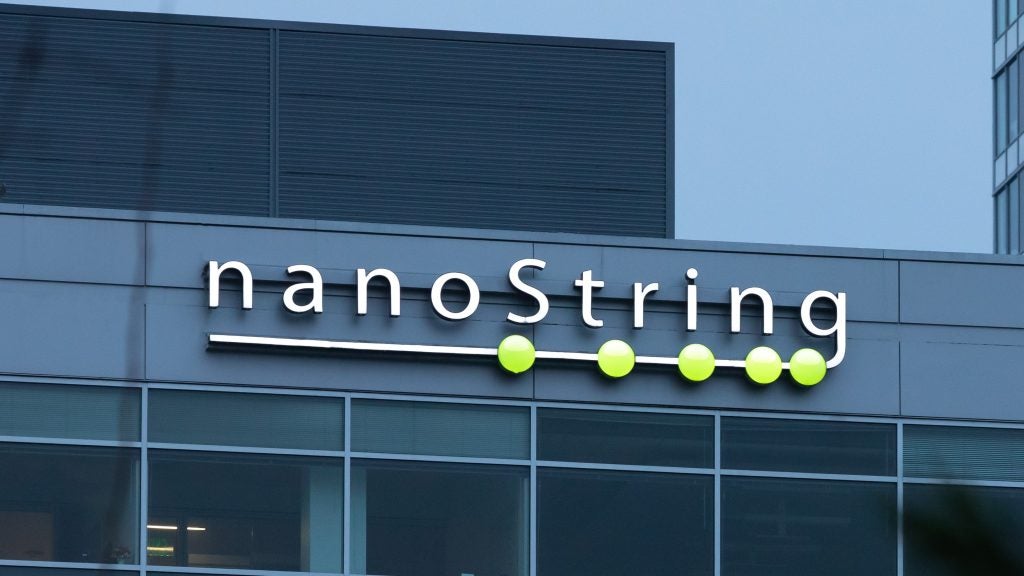The National Science Foundation (NSF) has awarded a $530,000 grant to the University of Arizona (UA) College of Engineering, US, to develop a terahertz spectral imager.
The spectral imager will deliver electromagnetic radiation and analyse how the spectra are absorbed and reflected by various materials, such as cell tissues and chemical compounds.
The new development will allow scientists and engineers to expand research in areas such as medical imaging of tumours and pathogens, detection of specific chemicals such as explosives and the study of metamaterials.
Principal investigator for the three-year project professor of electrical and computer engineering Richard Ziolkowski said the possible application for a terahertz spectral imager is in skin cancer surgery.
”Product control in the pharmaceutical industry could also benefit from terahertz spectral imaging.
See Also:
"A lot of pills now are time-release, and the thickness of the capsules is important for that time release," Ziolkowski added.
How well do you really know your competitors?
Access the most comprehensive Company Profiles on the market, powered by GlobalData. Save hours of research. Gain competitive edge.

Thank you!
Your download email will arrive shortly
Not ready to buy yet? Download a free sample
We are confident about the unique quality of our Company Profiles. However, we want you to make the most beneficial decision for your business, so we offer a free sample that you can download by submitting the below form
By GlobalDataThe terahertz spectral imager can also be used to detect the presence in cells of disease-causing pathogens such as bacteria and viruses.
In addition to NSF funds, an extra $238,000 from the UA College of Engineering and Office of the senior vice-president for research will bring the total project funding to $768,000.




